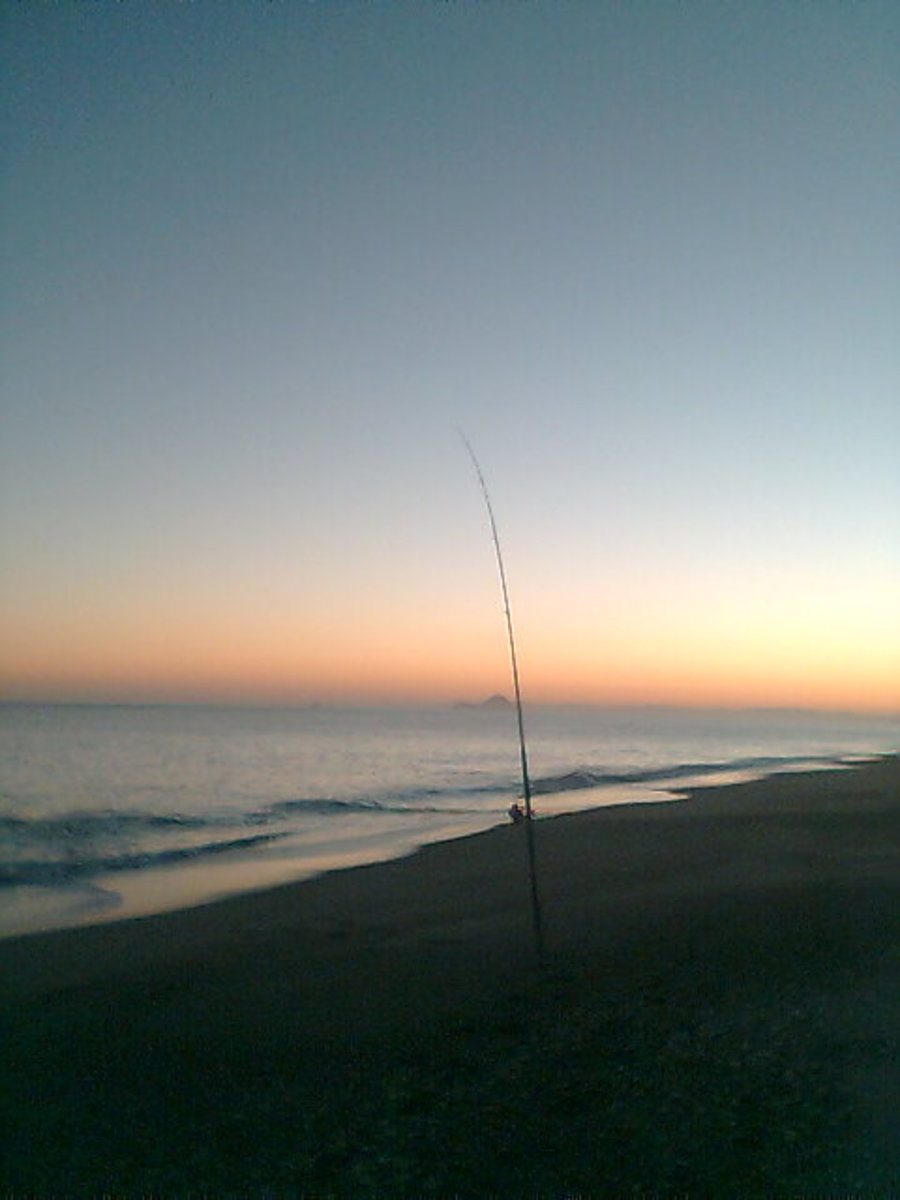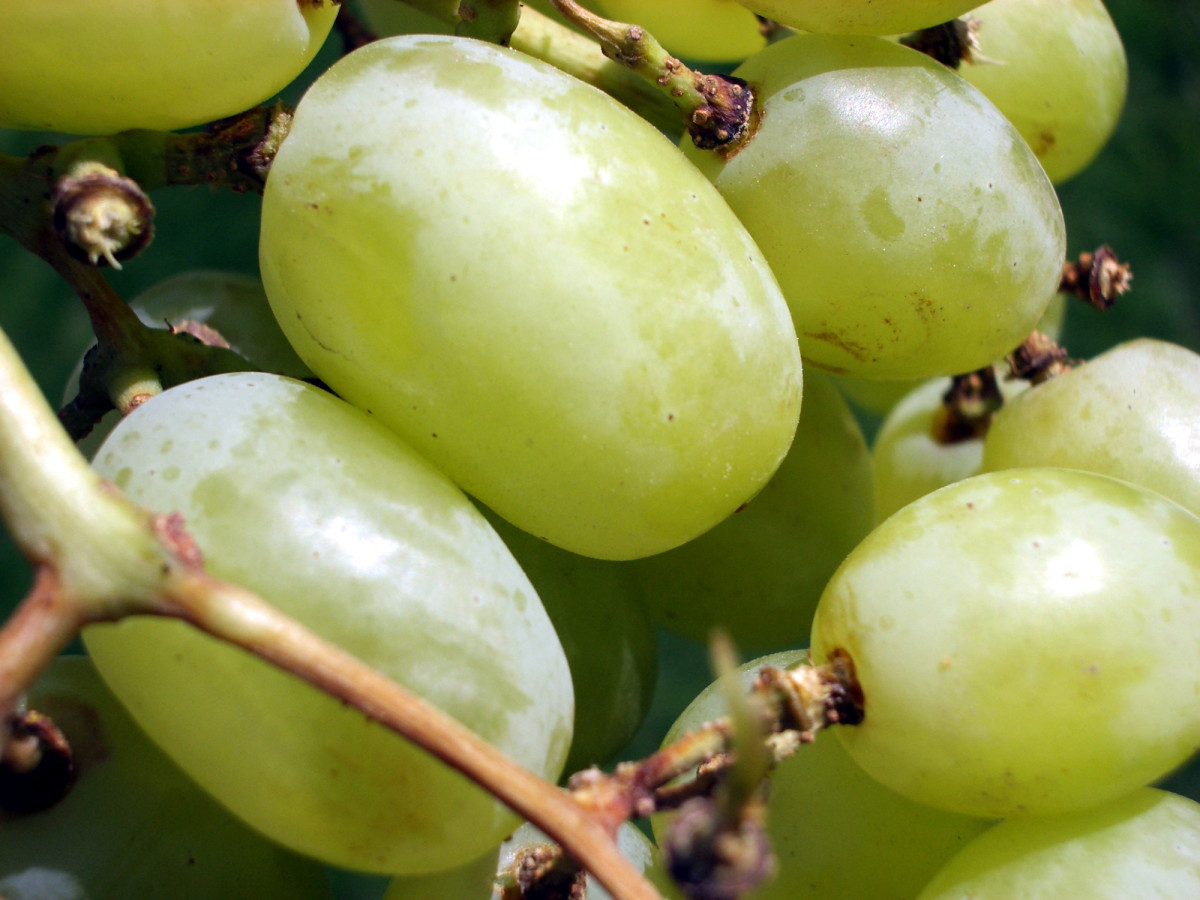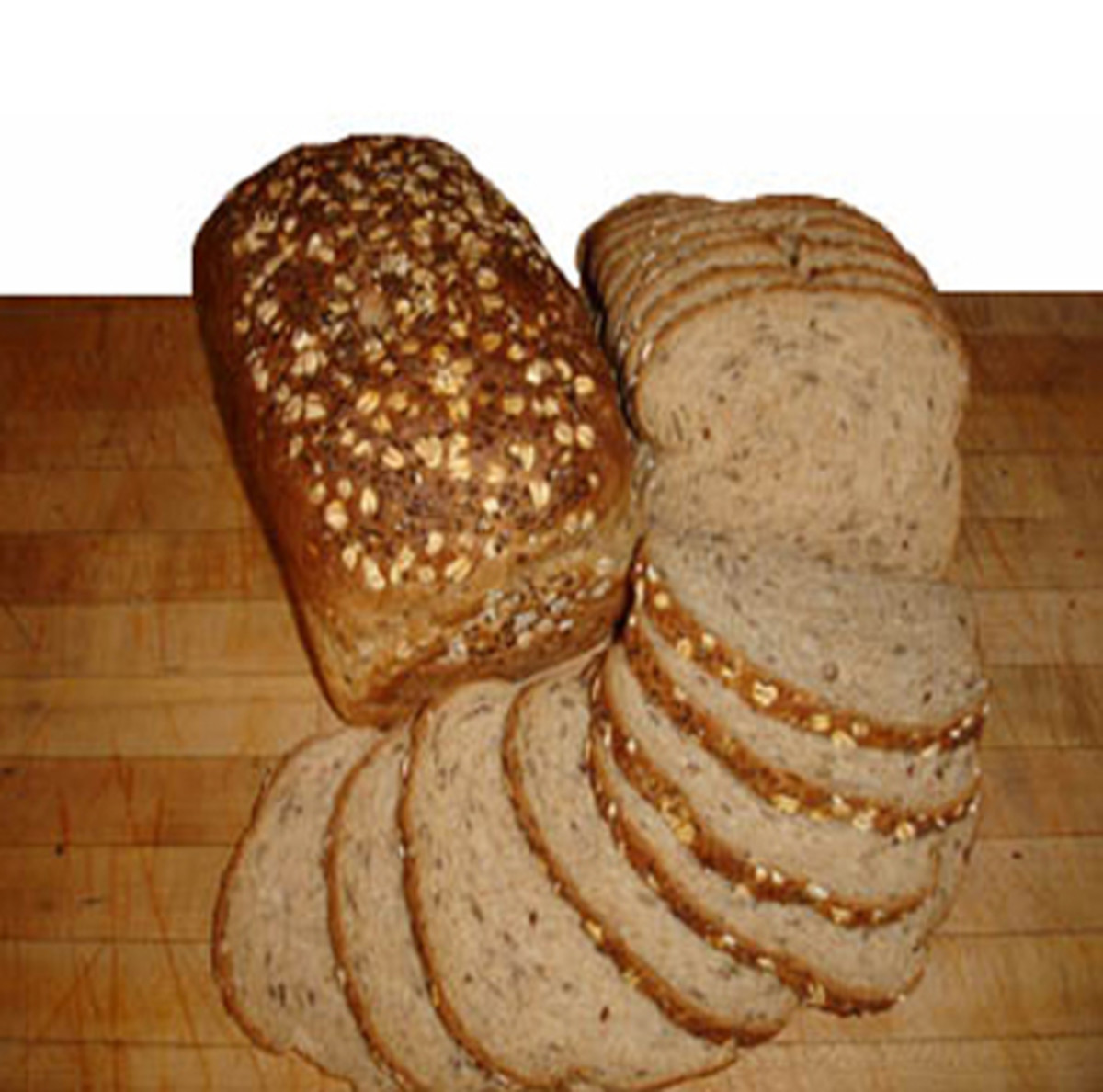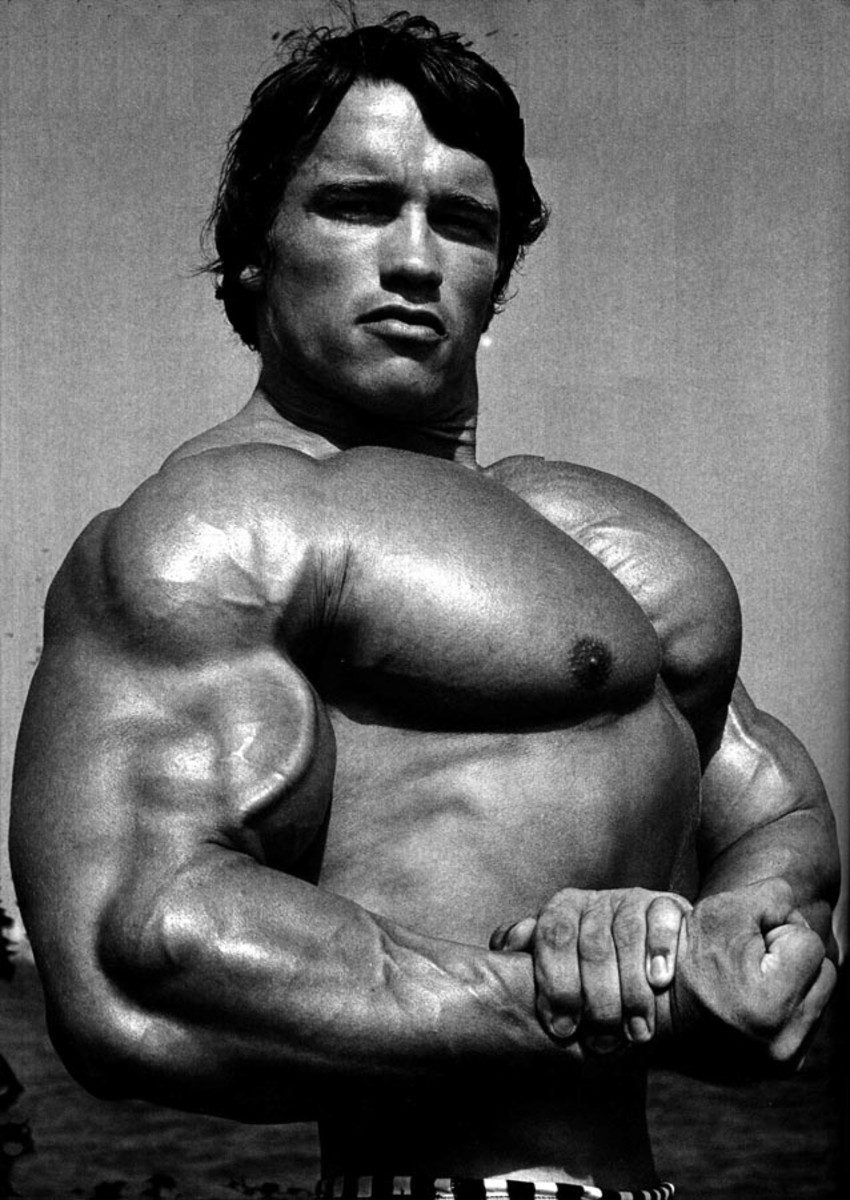Is This Fish Safe? Find And Eat Sustainable, Healthy and Ethical Seafood
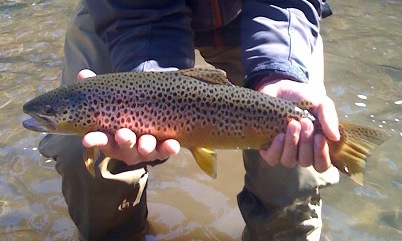
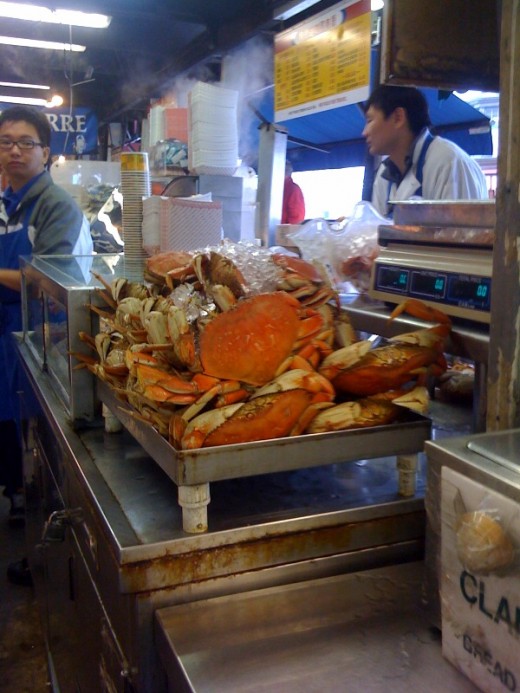
Seafood In Peril?
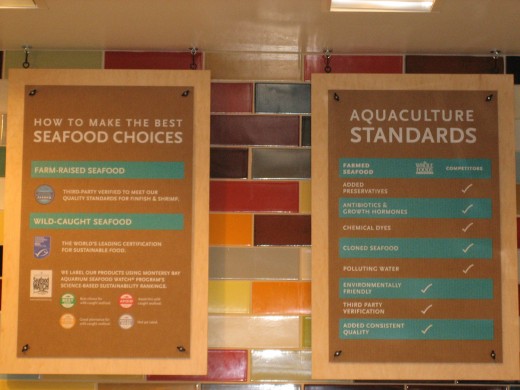
Fish: A Good Part of a Healthy Diet?
Fish is one of the healthiest foods out there, a nutritious and delicious lean protein, and a great thing to put into our bodies — at least in theory.
In reality, not all fish are good for you. For a variety of reasons, some fish are better to eat than others.
On the one hand, there are the species of fish contaminated by toxins, such as the high levels of mercury found in most tuna. For this reason, pregnant women are discouraged from eating tuna.
Then there are the environmental or ecological reasons to avoid certain fish. The ocean ecosystems are critical to a healthy Earth, yet overfishing of certain fish like cod threaten to throw that ecosystem out of balance and could destroy entire food chains. Half of all fish species are believed to be fished to their sustainable limit, which means that populations at the current rate of consumption are steady.
There also are good and bad ways to catch fish. It is considered unsustainable if lots of other fish species are being caught along with the one the fisherman actually wants to catch. For example, longlines can be used to catch hamachi yellowtail, but long lines can also snag sea turtles and sharks along with those yellow tails. Then again, there are sustainable ways to catch fish with longlines, so if this is important to you, it is best to find a well-informed fishmonger who is knows where all of his fish were caught and how.
Finally, there is the problem of farmed fish. Some farm fish, like many catfish, are perfectly fine to eat. Other farmed fish are raised in unclean conditions, fed food that is not part of a wild fish’s diet and therefore not good for the animal, and farmed fish are pumped full of antibiotics to keep them alive in unnatural conditions.
Some educated consumers, and often consumers who are willing to pay a premium, go so far as to seek out fish labeled “sustainable.”
But is sustainable fish safe to eat?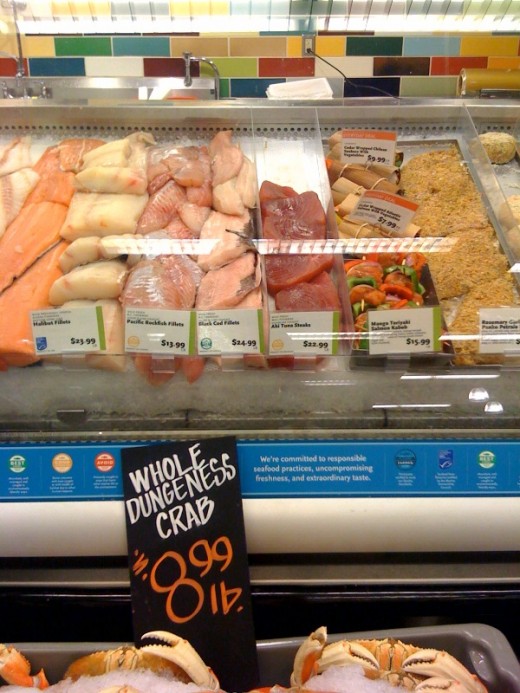
What Does It Mean for Fish To Be Sustainable Fish
Perhaps the best definition of sustainable fish is any fish that isn’t over-fished or caught or farmed in a way that causes excessive harm — to the fishermen or to the environment.
Using that definition, it may sound simple enough to classify a fish as sustainable or not, but different kinds of the same fish can be considered "sustainable" and safe to eat, while others are on the Monterey Bay Aquarium Seafood Watch List. Take rock cod. Some are okay to eat; others are overfished and populations are low.
Whether a fish is sustainable or not also depends on where it comes from. Alaskan halibut were fished almost to extinction in the 1960s, but thanks to strict policies, they are now at safe levels and are caught sustainably. California halibut are less certain to be sustainable. Similarly, Pacific hamachi yellowtail are on the no-no list when it comes to sustainability, but Atlantic yellowtail are safe.
And as with vegetables, fish can be in season or out of season depending on where they are in their feeding and breeding cycles. California Dungeness Crab are only in season in winter, for example, whereas Alaska king salmon is in season when they spawn in summer.
Then there is the way it is caught, which is a big part of whether or not a fish is sustainable. Some fishing methods are the equivalent of clear cutting, destroying any living thing that comes in the fisherman's way. Others are inhumane or have a lot of "bycatch" — unwanted fish species that get caught up along with the desired fish, and which are cast overboard.
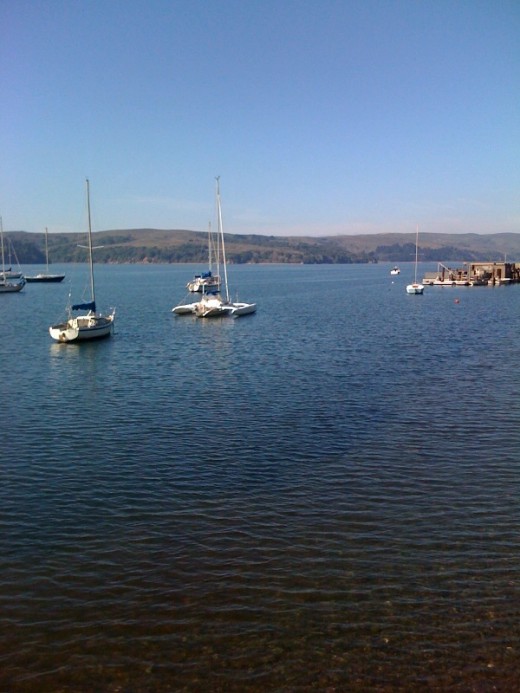
Barton Seaver discusses "restorative seafood"
What Are Sustainable Ways To Catch Fish?
The best, most sustainable way to catch fish is with a fishing line. To some, this conjures images of fly fishermen doing their zen casting thing on some remote mountain stream (think “A River Runs Through It” with Brad Pitt.) No question, catching fish singly with a flyrod (or with spinner or bait) is a sustainable way to catch fish — moreso if you catch and release that fish — but fly fishing is no way to run a sustainable business. And catching and selling fish to markets is definitely a business. There are rod-and-reel fishermen who do sell their catch commercially.
Other sustainable ways to catch fish look an awful lot like how our acestors used to catch fish: harpoons, traps, lobster pots.
Longlines can be a sustainable way to catch fish, as with Alaskan halibut, or it can be unsustainable as in “A Perfect Storm,” when a boat drags a fishing line that can be many, many miles long and have thousands of hooks. These kinds of have a lot of bycatch, which means that unwanted species of fish are caught along with the one being sought. Longline fishing for halibut in Alaska, by contrast, is pretty safe.
Trawling with nets is not a sustainable way to catch fish, since all kinds of animals can be caught up when the net is dragged along the ocean floor. A tuna fishing boat that uses nets, for example, doesn’t only catch tuna in those nets; they often catch dolphins, which swim with tuna. (Albacore is an exception.) The unwanted fish (and shrimp — this is how most shrimp are caught) are usually dumped overboard, dead.
Using seine nets, however, is safe for species like sardines, herring or mackerel.
Dredging is generally a very bad way to catch fish; they scoop up the ocean floor hoping to get scallops or shrimps or other bottom feeders.
Shellfish like mussels and oysters are often grown in mariculture — think water-based agriculture — which has no impact on the ecosystem and can improve water quality.
Fish Poll
Is it important to you to eat sustainable fish?
Resources For People Who Want To Know More About What Fish Are Good To Eat
More and more restaurants and grocery stores are starting to provide information about how the fish they sell is raised and caught. Customers seem to have a genuine interest in understanding more about where their fish comes from, if it is bad or good for the environment, and if it is not sustainable, what fish would make a better choice.
The Monterey Bay Aquarium in California has developed a Seafood Watch List which classifies fish as green, yellow or red. Fish on the green list tare considered excellent choices as far as sustainability goes; fish on the yellow list are so-so to eat with conditions and red list fish should never be eaten as they are considered unsustainable — either over-fished or caught in environmentally damaging ways like trawling.
The Monterey Bay Aquarium Seafood Watch List is also available as an iPhone app. It has been downloaded over 300,000 times.
Whole Foods in particular has made a big effort to have a whole rating system for seafood in the store, and different fish are clearly marked if they are good or bad. It uses the Monterey Bay Aquarium Seafood Watch List. Whole Foods still sells fish that are on the "red" list because often these are popular kinds of fish and there are no "good" sources for them. Whole Foods is a retailer first and foremost, so they will give the customer what the customer wants. But they also try to educate customers about different choices in hopes that someday demand for "bad" fish diminishes or goes away altogether.
Following an eight month campaign by Greenpeace, Costco has agreed to stop selling 12 species of fish listed on the International Union for Conservation of Nature's (IUCN) Red List of Threatened Species. The species it will stop selling, unless it can find reliably sustainable sources for them that are approved by the Marine Stewardship Council, are: orange roughy, Chilean sea bass, shark, Atlantic halibut, Atlantic cod, Greenland halibut, grouper, monkfish, red fish, skates and rays, swordfish, and bluefin tuna. Costco also will focus on getting farmed salmon and frozen shrimp from sources that follow best practices in aquaculture.
Sustainable seafood distributors include Ports Seafood, Monterey Fish and Gulfish. Ask a restaurant if any of these distributors supply them.
Other useful resources for determining if seafood is sustainable or not include Sustainable Sushi, Sustainable Fisheries Partnership, MarineBio.org, the Environmental Defense Fund's Seafood Selector and Greenpeace.



